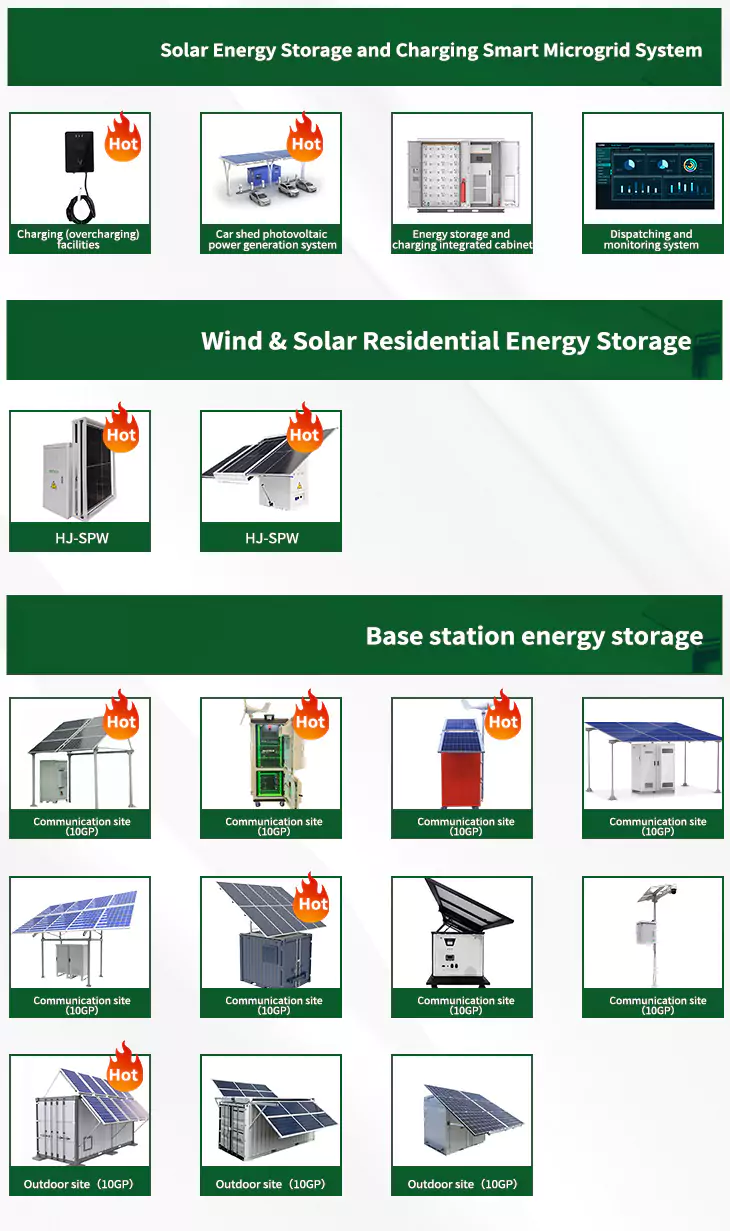About Photovoltaic panels absorb light better
The band gap of semiconductor materials in solar cells determines which wavelengths of light can be effectively absorbed, with shorter wavelengths carrying more energy and being absorbed more effic.
The band gap of semiconductor materials in solar cells determines which wavelengths of light can be effectively absorbed, with shorter wavelengths carrying more energy and being absorbed more effic.
They transformed light interactions with silicon by trapping photons, enhancing absorption by 10,000 times, and improving device performance without changing the material’s chemistry.
The wings of a butterfly have inspired a new type of solar cell that can harvest light twice as efficiently as before and could one day improve our solar panels. Solar panels are usually made.
The shorter the wavelength of incident light, the higher the frequency of the light and the more energy possessed by ejected electrons. In the same way, photovoltaic cells are sensitive to wavelength and respond better to sunlight in some parts of the spectrum than others.
The key to creating a material that would be ideal for converting solar energy to heat is tuning the material’s spectrum of absorption just right: It should absorb virtually all wavelengths of light that reach Earth’s surface from the sun — but not much of the rest of the spectrum.
As the photovoltaic (PV) industry continues to evolve, advancements in Photovoltaic panels absorb light better have become critical to optimizing the utilization of renewable energy sources. From innovative battery technologies to intelligent energy management systems, these solutions are transforming the way we store and distribute solar-generated electricity.
When you're looking for the latest and most efficient Photovoltaic panels absorb light better for your PV project, our website offers a comprehensive selection of cutting-edge products designed to meet your specific requirements. Whether you're a renewable energy developer, utility company, or commercial enterprise looking to reduce your carbon footprint, we have the solutions to help you harness the full potential of solar energy.
By interacting with our online customer service, you'll gain a deep understanding of the various Photovoltaic panels absorb light better featured in our extensive catalog, such as high-efficiency storage batteries and intelligent energy management systems, and how they work together to provide a stable and reliable power supply for your PV projects.
6 FAQs about [Photovoltaic panels absorb light better]
Could a butterfly make solar panels more efficient?
The wings of a butterfly have inspired a new type of solar cell that can harvest light twice as efficiently as before and could one day improve our solar panels. Solar panels are usually made of thick solar cells, and are positioned at an angle to get the most amount of light from the sun as it moves throughout the day.
How do solar cells absorb light?
When photons, particles of light, strike the solar cell, they can be absorbed if their energy matches or exceeds the band gap energy. Shorter wavelengths, such as UV and blue light, carry higher energy photons. Silicon solar cells are efficient at absorbing these shorter wavelengths.
What factors affect solar panel spectral absorbance?
This detailed article will delve into the intricacies of solar panel spectral absorbance, wavelengths, and the various factors that can impact their performance. Solar panels absorb light from various parts of the solar spectrum, including ultraviolet, visible, and infrared light, with different wavelengths impacting their efficiency.
Are solar cells efficient at absorbing shorter wavelengths?
Silicon solar cells are efficient at absorbing these shorter wavelengths. Longer wavelengths, including infrared, carry lower energy photons and are less efficiently absorbed by silicon solar cells. Let’s delve into the physics behind it to understand solar cells’ spectral absorbance better.
How do dye-sensitized solar cells absorb light?
Dye-sensitized solar cells (DSSCs) can also absorb light at specific wavelengths. Unlike OPV, light absorption and the subsequent transport of charge carriers are separated. The dye molecules (i.e., the sensitizer) absorb light, which injects an electron into the conduction band of the semiconductor material (TiO 2).
How to optimize solar panel performance?
To optimize solar panel performance, it’s essential to consider the solar spectrum and the specific wavelengths of light that can be absorbed efficiently by the chosen material. This optimization ensures that the solar panel operates efficiently, producing more electricity from sunlight.
Related Contents
- Photovoltaic panels that absorb ultraviolet light
- Can photovoltaic panels absorb light to charge
- Photovoltaic panels with better performance on cloudy days
- Which silicon material is better for photovoltaic panels
- How to connect photovoltaic panels to 220v light bulbs
- Which brand of photovoltaic panels is better and more durable
- How to replace the light bulbs of double-row photovoltaic panels
- Where is it suitable to install photovoltaic panels and light bulbs
- How do solar photovoltaic panels absorb
- Is it better to go into the factory or install photovoltaic panels
- Are photovoltaic panels better than iron sheets for heat insulation
- Principle of automatic light tracking of photovoltaic panels


